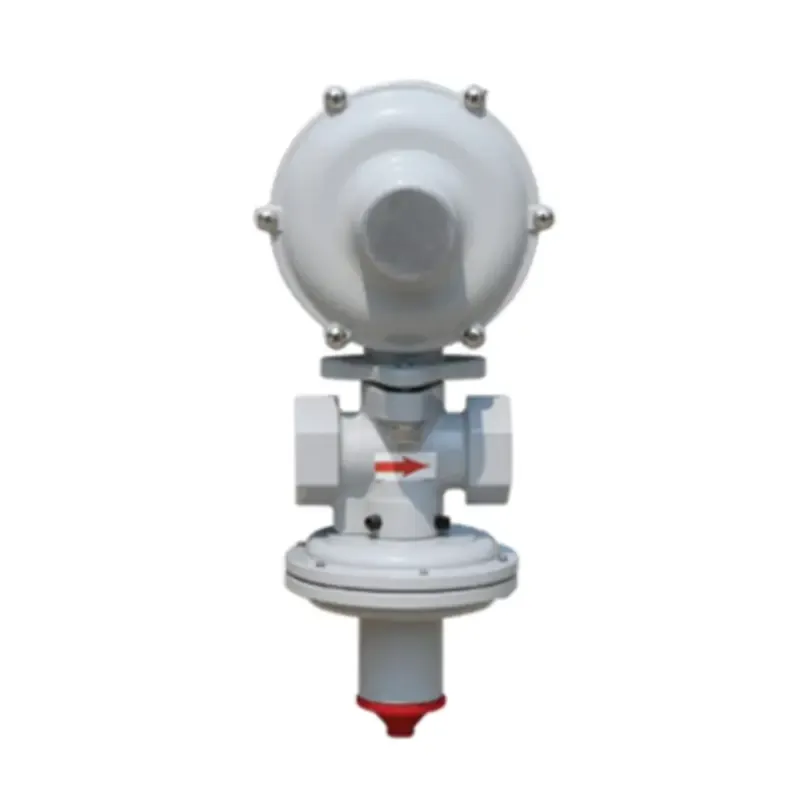
Dec . 11, 2024 00:03
Back to list
Understanding the Principles of Heat Exchangers and Their Applications in Industry
Understanding Heat Exchangers Principles and Applications
Heat exchangers are essential devices in various industrial processes, playing a crucial role in energy efficiency and thermal management. Their primary function is to transfer heat between two or more fluids without them mixing. This process is vital in many applications, ranging from heating and cooling systems to industrial manufacturing processes, and even in the power generation sector.
Fundamental Principles
At its core, the operation of a heat exchanger is based on the principles of thermodynamics. Heat always flows from a higher temperature to a lower temperature until thermal equilibrium is achieved. Heat exchangers leverage this natural flow to maintain temperature control in different applications. By promoting efficient heat transfer, they help reduce energy consumption and costs, making them indispensable in modern engineering.
The efficiency of heat exchangers can be measured by several parameters, including the heat transfer rate, the temperature difference between the fluids, and the overall heat transfer coefficient. Various designs, such as shell-and-tube, plate, and finned-tube heat exchangers, each have their unique advantages and specific applications depending on the operating conditions they encounter.
Types of Heat Exchangers
1. Shell-and-Tube Heat Exchangers These consist of a series of tubes, one set containing the hot fluid and the other containing the cold fluid. The design allows for high pressure and temperature operations, making it suitable for oil refineries and chemical processing industries.
2. Plate Heat Exchangers Made of thin plates stacked together, these devices provide a large surface area for heat transfer within a compact design. They are widely used in food processing, HVAC systems, and power plants due to their efficiency and ease of cleaning.
heat exchanger

3. Finned-Tube Heat Exchangers These are designed with extended surfaces (fins) that increase the area available for heat exchange, improving the overall efficiency. They are commonly utilized in air conditioning units and refrigeration systems.
4. Air-Cooled Heat Exchangers These utilize ambient air to cool a fluid rather than water. They are efficient and often used in places where water resources are scarce or when cooling water is not available.
Applications in Industries
Heat exchangers find applications across various industries. In the oil and gas sector, they facilitate heat recovery during crude oil processing or natural gas compression. In chemical manufacturing, they play a crucial role in controlling reaction temperatures and enhancing product yields. The HVAC industry relies heavily on heat exchangers for heating and cooling buildings, ensuring comfort while optimizing energy usage.
Moreover, in the power generation field, heat exchangers are utilized in nuclear power plants and thermal power stations for efficient heat transfer from the reactor or the combustion process to generate steam for turbines.
The Future of Heat Exchangers
As industries strive for energy efficiency and sustainability, the design and technology of heat exchangers continue to evolve. The incorporation of advanced materials and innovative designs aims to enhance performance while reducing environmental impact. Additionally, the emergence of smart technologies enables real-time monitoring and optimization of heat exchanger operations, further improving efficiency and reducing operational costs.
In conclusion, heat exchangers are vital components that significantly impact energy conservation and system efficiency in various industries. Understanding their principles, types, and applications is essential for engineers and technicians striving to optimize processes and contribute to a more sustainable future. As technology advances, the role of heat exchangers will only become more significant, making them a focal point in the quest for energy efficiency across multiple sectors.
Latest news
-
Safety Valve Spring-Loaded Design Overpressure ProtectionNewsJul.25,2025
-
Precision Voltage Regulator AC5 Accuracy Grade PerformanceNewsJul.25,2025
-
Natural Gas Pressure Regulating Skid Industrial Pipeline ApplicationsNewsJul.25,2025
-
Natural Gas Filter Stainless Steel Mesh Element DesignNewsJul.25,2025
-
Gas Pressure Regulator Valve Direct-Acting Spring-Loaded DesignNewsJul.25,2025
-
Decompression Equipment Multi-Stage Heat Exchange System DesignNewsJul.25,2025

